Transit of Venus Across the Sun Through History (Gallery)
Sketch of Transit of Venus 1769
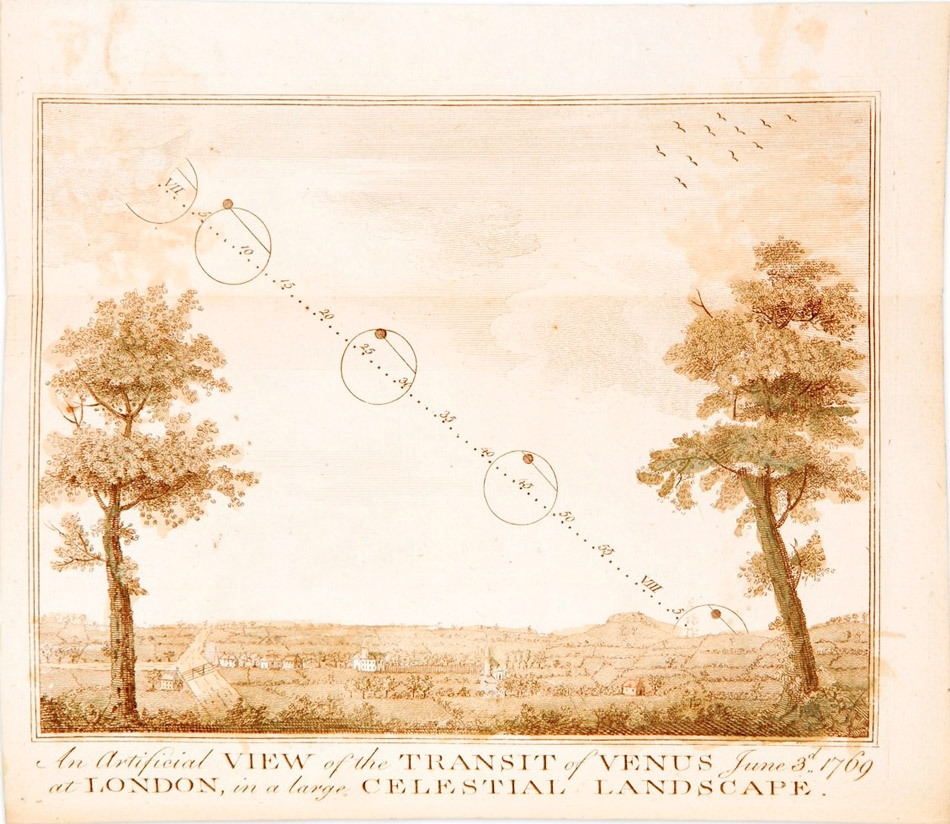
By the Venus transit of December 8, 1874, photography had been invented, and hundreds of photographs were taken of the event, though few were useful enough for scientists. Over $1 million was spent worldwide on observations. The sketch shown here is of the transit as observed in London.
1874 Venus Transit Expedition
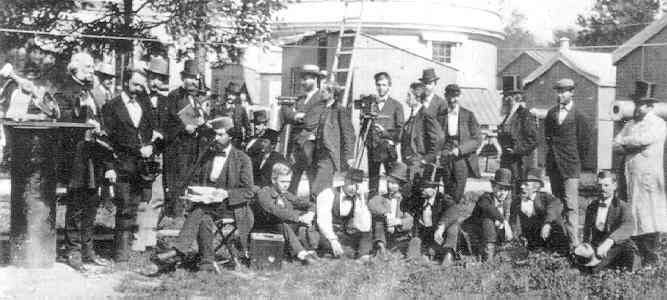
The United States Naval Observatory expedition practices for the event on the USNO grounds. Professor Simon Newcomb, director of the USNO, sits in the foreground. Newcomb's calculation of the Earth-sun distance using the transit data edged out Joseph Harkness' calculation for international adoption, though perhaps Newcomb's popularity had an effect on the decision.
John Philip Sousa's Venus Transit March
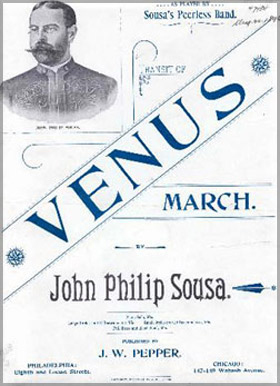
Composer John Philip Sousa took a great interest in the Venus transit of 1882. During 1882-3, he created the "Venus Transit March." The Smithsonian Institution commissioned Sousa to compose the piece in honor of American physicist Prof. Joseph Henry, so the march was not specifically produced in commemoration of the transit.
1882 Transit of Venus Photograph
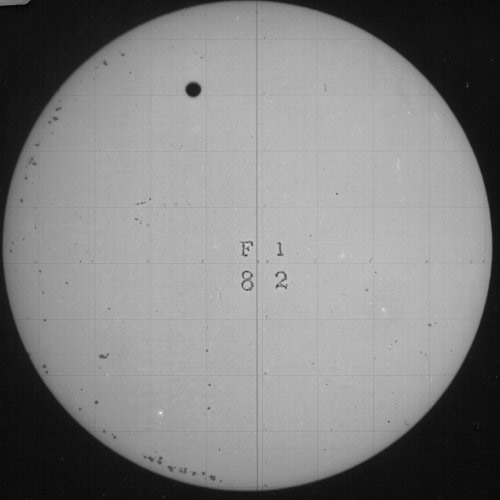
The December 6, 1882 transit of Venus generated enormous public interest. Smoked glass and amateur telescopes were put into use abundantly. One of the first photographs of the transit of Venus 1882 is shown here.
William Harkness
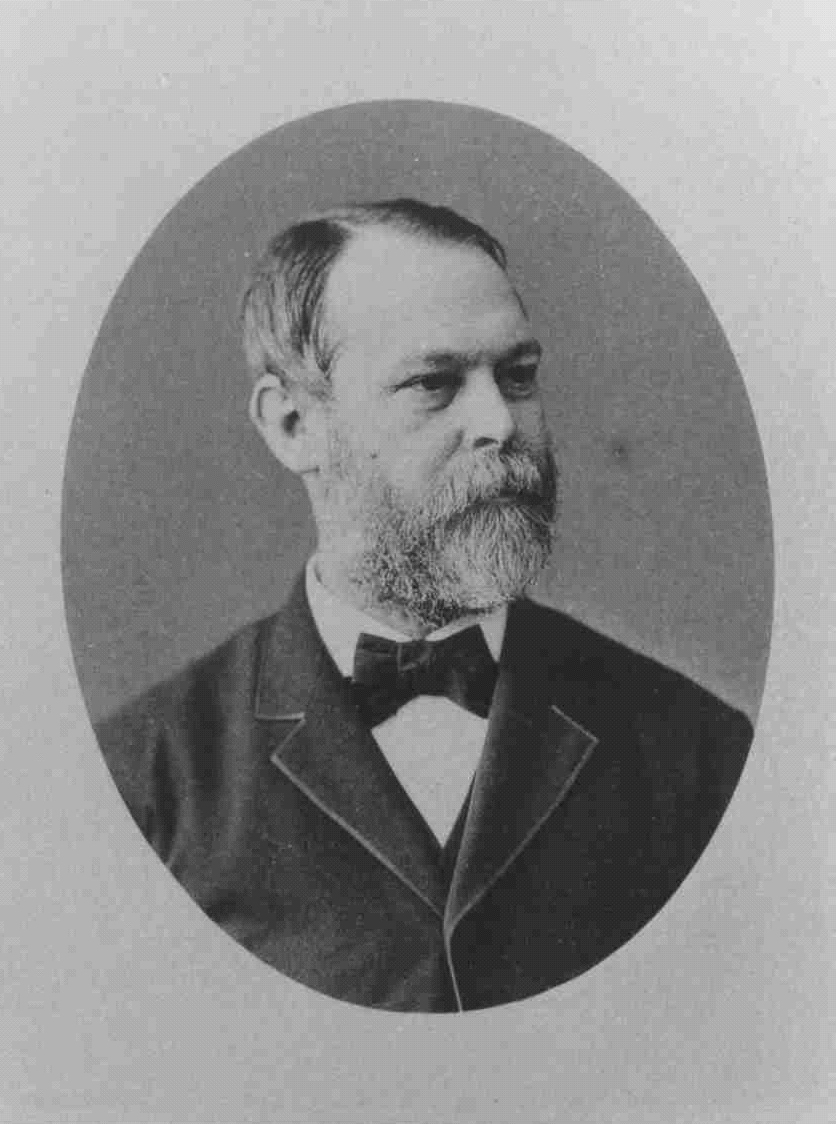
Astronomer William Harkness labored mightily using data from the 1882 Venus transit to determine the distance to the sun. His value was 92,797,000 miles, with a probable error of 59,700 miles. However, his calculations were not adopted by the international astronomical community, who instead took up Simon Newcomb's figure. Harkness, though, taking the long view, is quoted as having said, "There will be no other transit of Venus till the twenty-first century of our era has dawned upon the Earth, and the June flowers are blooming in 2004. When the last transit occurred the intellectual world was awakening from the slumber of ages, and that wondrous scientific activity which has led to our present knowledge was just beginning. What will be the state of science when the next transit season arrives, God only knows." [See our Transit of Venus 2012: Complete Coverage Special Report.]
Get the Space.com Newsletter
Breaking space news, the latest updates on rocket launches, skywatching events and more!
Join our Space Forums to keep talking space on the latest missions, night sky and more! And if you have a news tip, correction or comment, let us know at: community@space.com.

Space.com is the premier source of space exploration, innovation and astronomy news, chronicling (and celebrating) humanity's ongoing expansion across the final frontier. Originally founded in 1999, Space.com is, and always has been, the passion of writers and editors who are space fans and also trained journalists. Our current news team consists of Editor-in-Chief Tariq Malik; Editor Hanneke Weitering, Senior Space Writer Mike Wall; Senior Writer Meghan Bartels; Senior Writer Chelsea Gohd, Senior Writer Tereza Pultarova and Staff Writer Alexander Cox, focusing on e-commerce. Senior Producer Steve Spaleta oversees our space videos, with Diana Whitcroft as our Social Media Editor.









